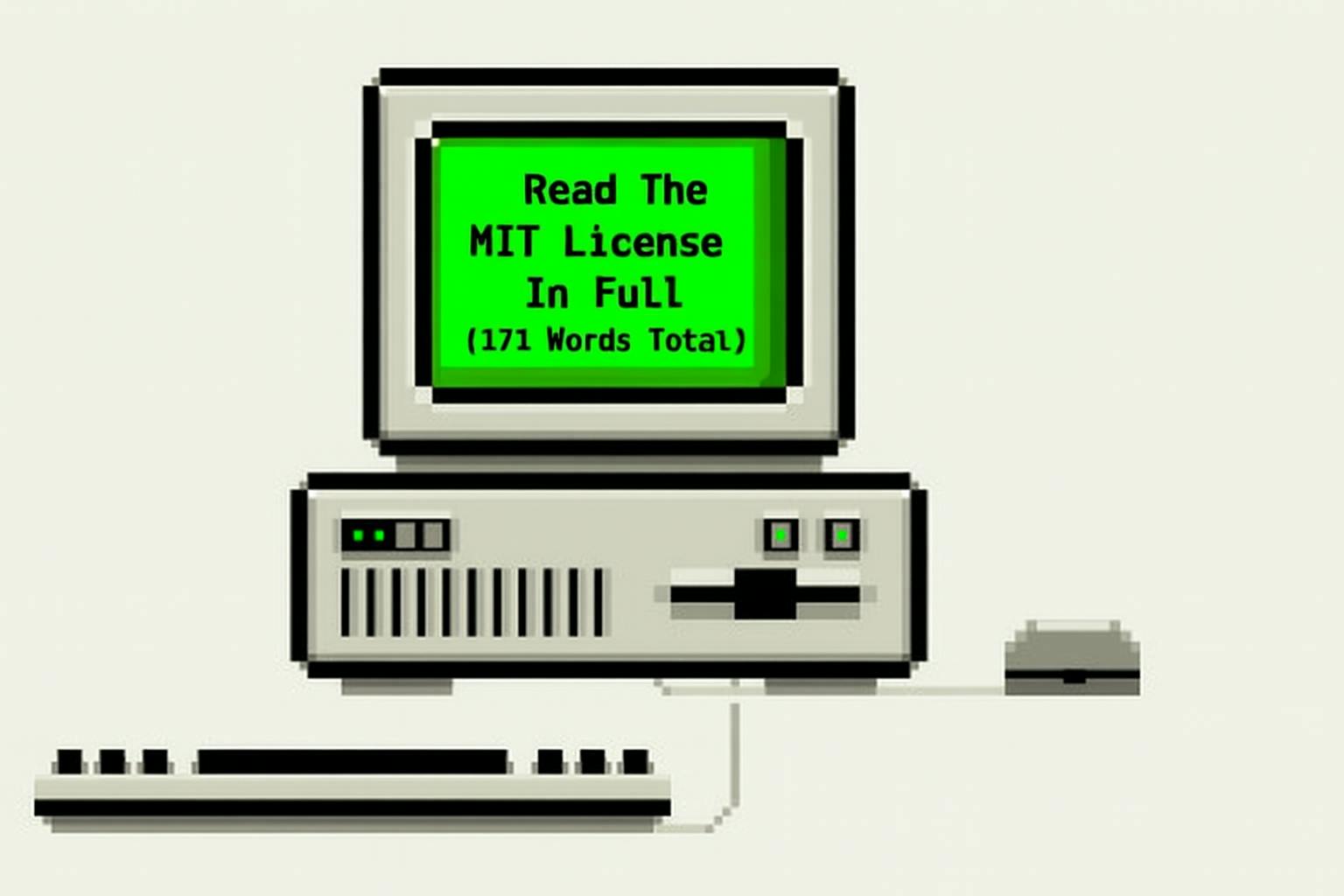Cybersecurity researchers have shed light on a new malware campaign that makes use of a PowerShell-based shellcode loader to deploy a remote access trojan called Remcos RAT.
“Threat actors delivered malicious LNK files embedded within ZIP archives, often disguised as Office documents,” Qualys security researcher Akshay Thorve said in a technical report. “The attack chain leverages mshta.exe for proxy execution during the initial stage.”
The latest wave of attacks, as detailed by Qualys, employs tax-related lures to entice users into opening a malicious ZIP archive containing a Windows shortcut (LNK) file, which, in turn, makes use of mshta.exe, a legitimate Microsoft tool used to run HTML Applications (HTA).
The binary is used to execute an obfuscated HTA file named “xlab22.hta” hosted on a remote server, which incorporates Visual Basic Script code to download a PowerShell script, a decoy PDF, and another HTA file similar to xlab22.hta called “311.hta.” The HTA file is also configured to make Windows Registry modifications to ensure that “311.hta” is automatically launched upon system startup.
Once the PowerShell script is executed, it decodes and reconstructs a shellcode loader that ultimately proceeds to launch the Remcos RAT payload entirely in memory.
Remcos RAT is a well-known malware that offers threat actors full control over compromised systems, making it an ideal tool for cyber espionage and data theft. A 32-bit binary compiled using Visual Studio C++ 8, it features a modular structure and can gather system metadata, log keystrokes, capture screenshots, monitor clipboard data, and retrieve a list of all installed programs and running processes.

In addition, it establishes a TLS connection to a command-and-control (C2) server at “readysteaurants[.]com,” maintaining a persistent channel for data exfiltration and control.
This is not the first time fileless versions of Remcos RAT have been spotted in the wild. In November 2024, Fortinet FortiGuard Labs detailed a phishing campaign that filelessly deployed the malware by making use of order-themed lures.
What makes the attack method attractive to threat actors is that it allows them to operate undetected by many traditional security solutions as the malicious code runs directly in the computer’s memory, leaving very few traces on the disk.
“The rise of PowerShell-based attacks like the new Remcos RAT variant demonstrates how threat actors are evolving to evade traditional security measures,” J Stephen Kowski, Field CTO at SlashNext, said.
“This fileless malware operates directly in memory, using LNK files and MSHTA.exe to execute obfuscated PowerShell scripts that can bypass conventional defenses. Advanced email security that can detect and block malicious LNK attachments before they reach users is crucial, as is real-time scanning of PowerShell commands for suspicious behaviors.”

The disclosure comes as Palo Alto Networks Unit 42 and Threatray detailed a new .NET loader that’s used to detonate a wide range of commodity information stealers and RATS like Agent Tesla, NovaStealer, Remcos RAT, VIPKeylogger, XLoader, and XWorm.
The loader features three stages that work in tandem to deploy the final-stage payload: A .NET executable that embeds the second and third stages in encrypted form, a .NET DLL that decrypts and loads the next stage, and a .NET DLL that manages the deployment of the main malware.
“While earlier versions embedded the second stage as a hardcoded string, more recent versions use a bitmap resource,” Threatray said. “The first stage extracts and decrypts this data, then executes it in memory to launch the second stage.”
Unit 42 described the use of bitmap resources to conceal malicious payloads a a steganography technique that can bypass traditional security mechanisms and evade detection.
The findings also coincide with the emergence of several phishing and social engineering campaigns that are engineered for credential theft and malware delivery –
- Use of trojanized versions of the KeePass password management software – codenamed KeeLoader – to drop a Cobalt Strike beacon and steal sensitive KeePass database data, including administrative credentials. The malicious installers are hosted on KeePass typosquat domains that are served via Bing ads.
- Use of ClickFix lures and URLs embedded within PDF documents and a series of intermediary dropper URLs to deploy Lumma Stealer.
- Use of booby-trapped Microsoft Office documents that are used to deploy the Formbook information stealer protected using a malware distribution service referred to as Horus Protector.
- Use of blob URIs to locally loads a credential phishing page via phishing emails, with the blob URIs served using allow-listed pages (e.g., onedrive.live[.]com) that are abused to redirect victims to a malicious site that contains a link to a threat actor-controlled HTML page.
- Use of RAR archives masquerading as setup files to distribute NetSupport RAT in attacks targeting Ukraine and Poland.
- Use of phishing emails to distribute HTML attachments that contain malicious code to capture victims’ Outlook, Hotmail, and Gmail credentials and exfiltrate them to a Telegram bot named “Blessed logs” that has been active since February 2025

The developments have also been complemented by the rise in artificial intelligence (AI)-powered campaigns that leverage polymorphic tricks that mutate in real-time to sidestep detection efforts. These include modifying email subject lines, sender names, and body content to slip past signature-based detection.
“AI gave threat actors the power to automate malware development, scale attacks across industries, and personalize phishing messages with surgical precision,” Cofense said.
“These evolving threats are increasingly able to bypass traditional email filters, highlighting the failure of perimeter-only defenses and the need for post-delivery detection. It also enabled them to outmaneuver traditional defenses through polymorphic phishing campaigns that shift content on the fly. The result: deceptive messages that are increasingly difficult to detect and even harder to stop.”










